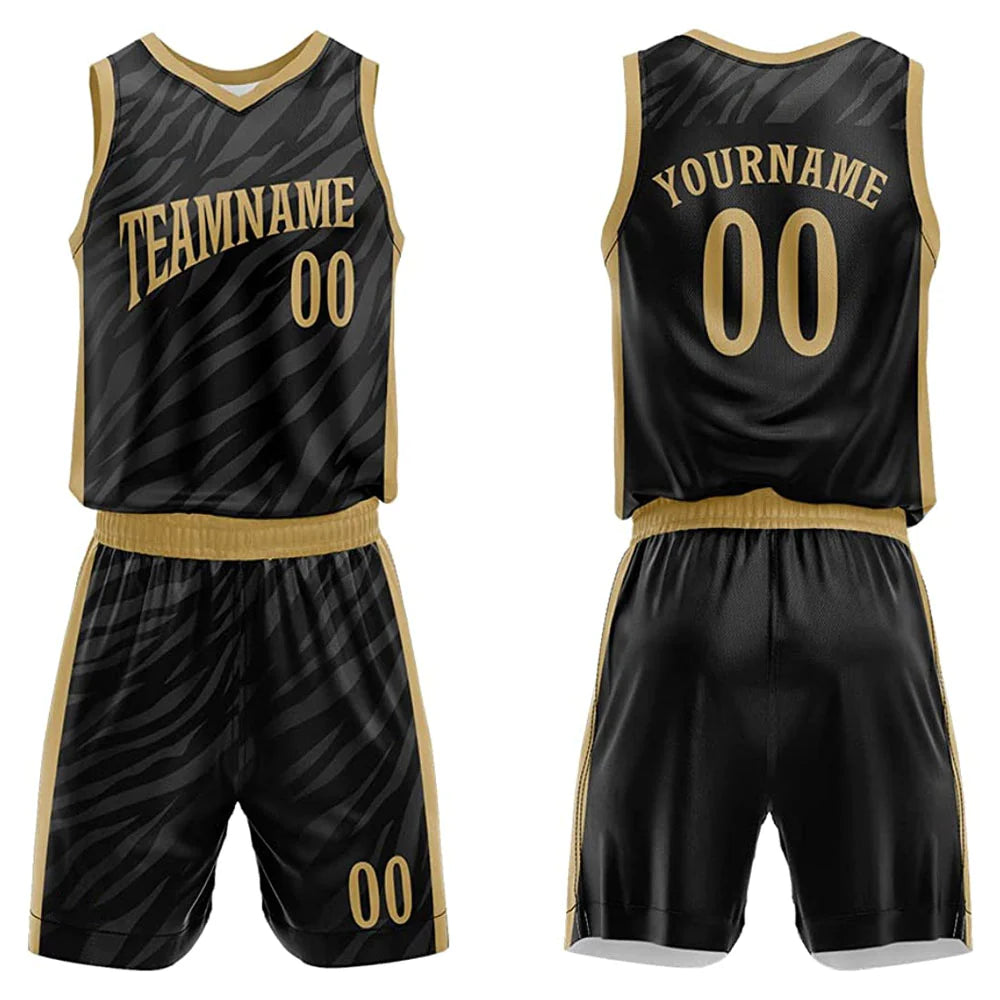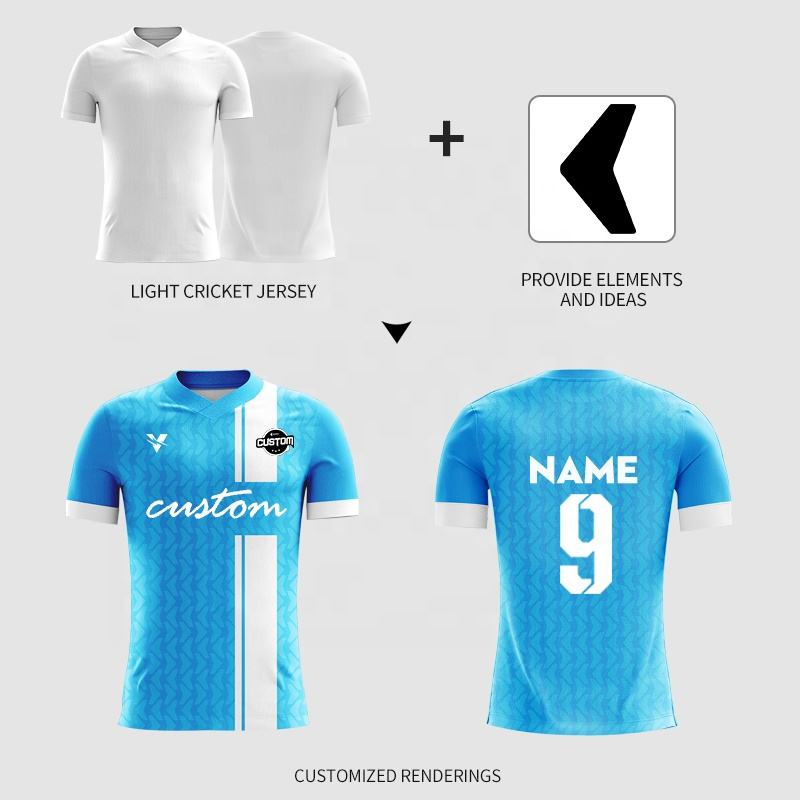Clothing Manufacturers Guide
In the world of fashion, apparel manufacturers play a pivotal role in bringing designs to life. These fashion designers and clothing brands have shaped trends and styles over time, evolving with changing customer demands. From traditional tailoring to high-tech production methods, the journey of clothing manufacturing in factories is rich with historical significance. Understanding the roots of the fashion industry sector provides insight into its modern-day innovations and global impact.
At ZAB Sports Apparel, we take pride in being clothing manufacturers ourselves. With a deep understanding of the fashion industry and apparel manufacturing processes, we strive to bring innovative designs to life. Our commitment to quality and attention to detail sets us apart in the competitive world of fashion. From concept development to production, we ensure that every piece meets the highest standards before reaching our customers. Trust ZAB Sports Apparel for top-notch clothing manufacturing services that elevate your fashion brand to new heights.
Key Takeaways
-
Choose Wisely: When selecting a clothing manufacturer, consider factors like reputation, production capacity, and communication.
-
Quality Matters: Prioritize quality control and pattern making to ensure the finished products meet your standards.
-
Mind the Minimums: Be aware of minimum order quantities set by manufacturers and negotiate terms that align with your business needs.
-
Customize for Success: Explore customization options offered by manufacturers to create unique and tailored clothing lines.
-
Go Green: Opt for clothing manufacturers that prioritize sustainability practices to reduce environmental impact.
-
Start Strong: Initiate clear and effective communication with manufacturers from the beginning to establish a successful partnership.
Finding the Right Clothing Manufacturer
Research Online
When searching for clothing manufacturers, start by looking online. Many wholesale clothing manufacturers and apparel factories in the fashion industry have websites showcasing their services. You can explore their company's capabilities, services, and production processes online.
Some companies even provide virtual tours of their facilities or have detailed photo galleries of their work. This makes it easier for you to assess if a manufacturer aligns with your brand's values and quality standards before reaching out.
Attend Trade Shows
Attending trade shows is another effective way to discover new clothing manufacturers. These events bring together various industry players, from established brands to emerging businesses. By visiting different booths and talking to representatives from various companies, you can gather information about manufacturing options available in the market.
Trade shows also offer opportunities to see samples firsthand, discuss pricing structures, and negotiate terms face-to-face. Building relationships with potential manufacturing partners at these events can lead to long-term collaborations that benefit both parties.
Understanding the Clothing Manufacturing Process
Fabric Sourcing and Cutting Techniques
Clothing manufacturing begins with selecting quality fabrics from suppliers. The chosen fabric is then meticulously cut according to patterns. This step ensures that each garment piece is precise and ready for the next stage.
Fabric sourcing guarantees the final product's durability and comfort. Cutting techniques, such as laser cutting or manual cutting, are crucial in shaping different clothing components accurately.
Importance of Sewing and Assembling Garments
After cutting, sewing plays a vital role in putting together various parts of the garment. Skilled workers use specialized machines to stitch pieces seamlessly. Assembling garments involves combining these sewn sections to create a complete item.
Sewing and assembling require precision to ensure that every seam is strong and neat, contributing to the overall quality of the apparel.
Role of Finishing Processes in Clothing Manufacturing
The finishing processes add final touches to garments before they leave production factories. These processes include ironing, folding, packaging, labeling, and sometimes screen printing logos or designs on finished products.
Finishing enhances the presentation of clothing items for retail sale while ensuring they meet quality standards.
Customization Options for Clothing Manufacturers
Custom Colors
When working with clothing manufacturers, you can explore the option of requesting custom colors for your designs. This allows you to create unique pieces that stand out in the market. For instance, if you are designing a line of shirts for a specific season or event, having custom colors can help your products align perfectly with the theme.
-
Advantages:
-
Stand out in the market
-
Align with seasonal trends
Unique Embellishments
Another exciting customization option to consider when collaborating with clothing manufacturers is adding unique embellishments to your clothing pieces from a company. These could include special buttons, embroidery, patches, or other decorative elements that enhance the overall look and feel of your garments.
-
Pros and Cons:
-
Pros: Enhances product appeal
-
Cons: May increase production costs
Personalized Packaging
In addition to customizing the actual clothing items and exploring personalized packaging options, don't forget about considering your company for your clothing line. Tailoring the packaging to reflect your company's identity can leave a lasting impression on customers when they receive their orders. Think about including branded tags, stickers, or even custom tissue paper inside each package.
Minimum Order Quantity Considerations
Negotiate MOQ
When working with clothing manufacturers, it's crucial to understand the minimum order quantity (MOQ) they require. Depending on your budget and storage capacity, you can often negotiate the MOQ. For instance, if a manufacturer typically asks for 500 units per order but you only need 300, try discussing this with them.
Consider your specific needs before finalizing the minimum order. If you anticipate needing more products in the future or want to benefit from potential discounts for larger orders, opting for a slightly higher MOQ might be advantageous. By aligning your orders with your revenue projections and customer demand, you can make informed decisions that positively impact your business.
Potential Discounts
Manufacturers often offer discounts for bulk orders exceeding the standard minimum quantity requirement. Suppose a clothing manufacturer sets an MOQ of 1000 units but provides a discount for orders over 2000 units; this could significantly reduce your overall production costs per item. Always inquire about volume discounts when negotiating terms with suppliers.
Evaluating the Quality of Clothing Manufacturers
Request Samples
When assessing clothing manufacturers, it's crucial to request samples. These samples help evaluate the quality products and workmanship provided by the manufacturer. By examining these prototypes, you can determine if they meet your standards.
Samples also allow you to feel the fabric's texture and gauge its durability firsthand. This step is essential in ensuring that the clothing manufacturers can deliver high-quality products that align with your brand's image.
-
Requesting samples helps assess fabric quality and workmanship.
-
It allows for a hands-on evaluation of the materials used in production.
Check Certifications
Checking for certifications or industry affiliations is another vital aspect when evaluating clothing manufacturers. Look for quality standards such as ISO certifications or memberships in reputable fashion industry directories.
Certifications indicate that a manufacturer meets specific criteria related to product quality and manufacturing processes. These endorsements provide assurance that the manufacturer adheres to industry best practices, ensuring consistent delivery of high-quality items.
-
Certifications and affiliations showcase adherence to quality standards.
-
They serve as indicators of reliability and commitment to producing top-notch products.
Sustainable Practices in Clothing Manufacturing
Eco-Friendly Materials and Production Methods
Clothing manufacturers committed to sustainability prioritize using eco-friendly fabrics like organic cotton or recycled polyester. These materials reduce the environmental impact of production. For instance, organic cotton cultivation avoids harmful pesticides, benefiting both the environment and workers.
Manufacturers embracing sustainable practices also employ eco-conscious production methods such as water recycling or energy-efficient machinery. By reducing water usage and energy consumption during manufacturing processes, they contribute to a greener future.
Ethical Labor Practices and Waste Reduction Initiatives
When selecting clothing manufacturers, it's crucial to ensure they uphold ethical labor standards throughout their supply chain. Look for certifications like Fair Trade that guarantee fair wages and safe working conditions for employees. Inquire about waste reduction initiatives implemented by the manufacturer to minimize environmental harm.
The Role of Pattern Making and Quality Control in Clothing Production
Collaborating with Manufacturers for Accurate Patterns
Collaborating with clothing manufacturers to create precise patterns is crucial for bringing your designs to life. By working closely with manufacturers, you ensure that the patterns accurately translate your vision into tangible pieces. This collaboration guarantees that each piece produced aligns perfectly with the intended style and design.
When you provide detailed pattern instructions to manufacturers, it helps streamline the production process and reduces errors. Clear communication about specific measurements, materials, and design details ensures that every piece created matches your original concept. For example, if you want a certain type of collar or sleeve length for a garment, conveying this information clearly to the manufacturer is essential.
Implementing Stringent Quality Control Measures
Incorporating rigorous quality control measures at every stage of production is vital for maintaining consistency and excellence in your products. From fabric inspection to final packaging, quality checks should be performed diligently to identify any issues promptly. Ensuring high standards throughout the manufacturing process guarantees that customers receive top-notch products.
Quality control procedures can include visual inspections, measurements checks, and testing fabric durability. These measures help detect any defects or deviations from the desired specifications early on so they can be addressed immediately. By upholding strict quality standards, you establish a reputation for delivering superior products consistently.
How to Initiate Communication with Clothing Manufacturers
Contacting Manufacturers
When reaching out to clothing manufacturers, consider using email or phone as your primary communication channels. Introduce your brand, inquire about their services, and express interest in potential collaboration. Be concise yet informative in your initial contact to make a good first impression.
Before contacting manufacturers, it's crucial to have a detailed brief outlining your design requirements ready. This document should include information about materials, sizes, colors, quantities, and any specific preferences you might have for the production process. Providing clear guidelines from the start can help streamline communication and avoid misunderstandings down the line.
Establishing Relationships
To further solidify your partnership with clothing manufacturers, consider scheduling face-to-face meetings or video calls. These interactions allow you to discuss project details more comprehensively and build a stronger working relationship based on trust and understanding. Use these opportunities to ask questions, clarify any doubts, and ensure that both parties are aligned on expectations.
Closing Thoughts
You've learned the ins and outs of finding the perfect clothing manufacturer, from understanding the manufacturing process to evaluating quality and sustainability practices. Remember, the key is to communicate effectively with manufacturers, ensuring your vision is understood clearly. Now that you're equipped with this knowledge, it's time to take action and start producing your dream clothing line. Don't hesitate - dive in and make those designs a reality!







Leave a comment